Search
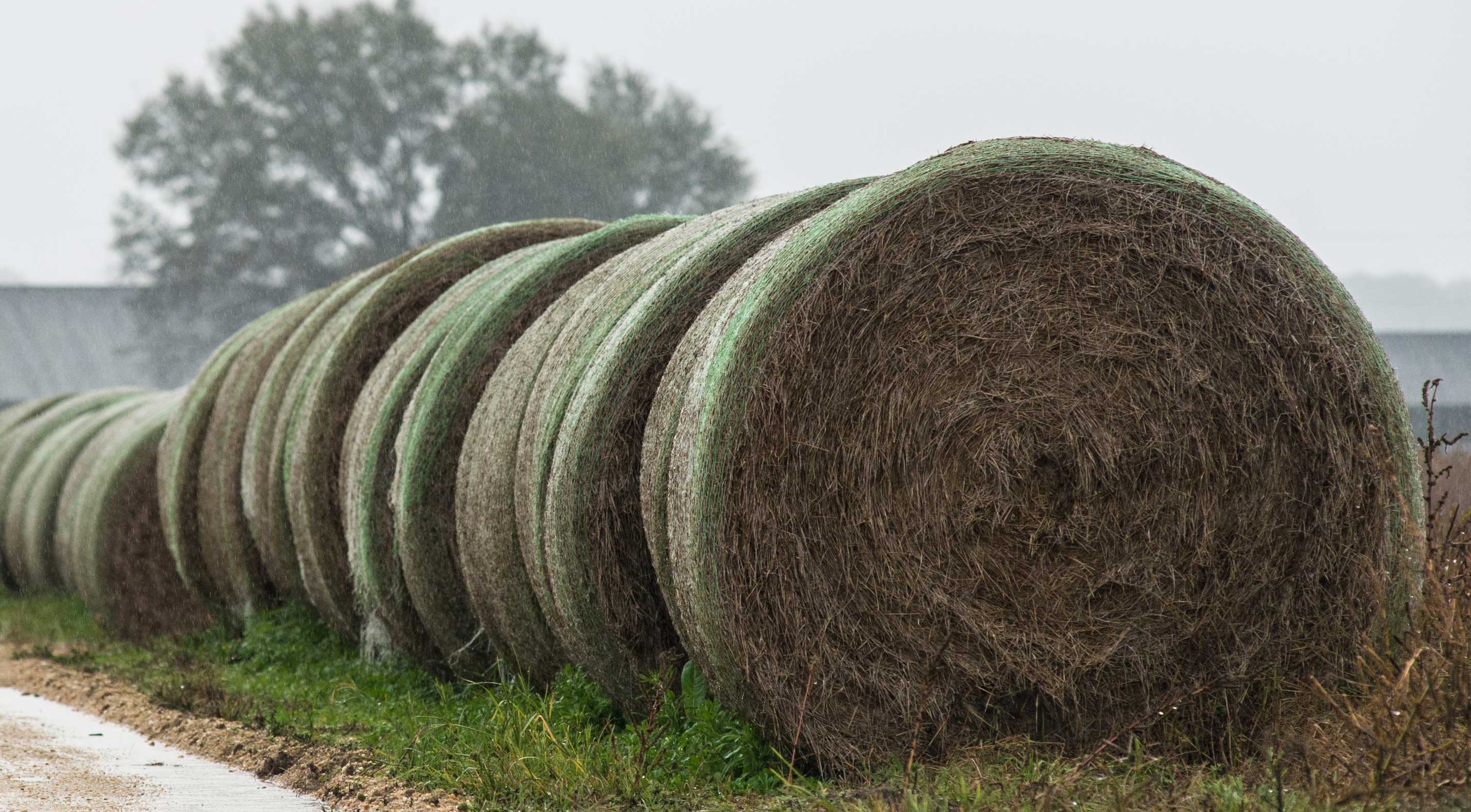
Round Bale Storage Conservation
Fact sheet discussing conservation of round bale storage.
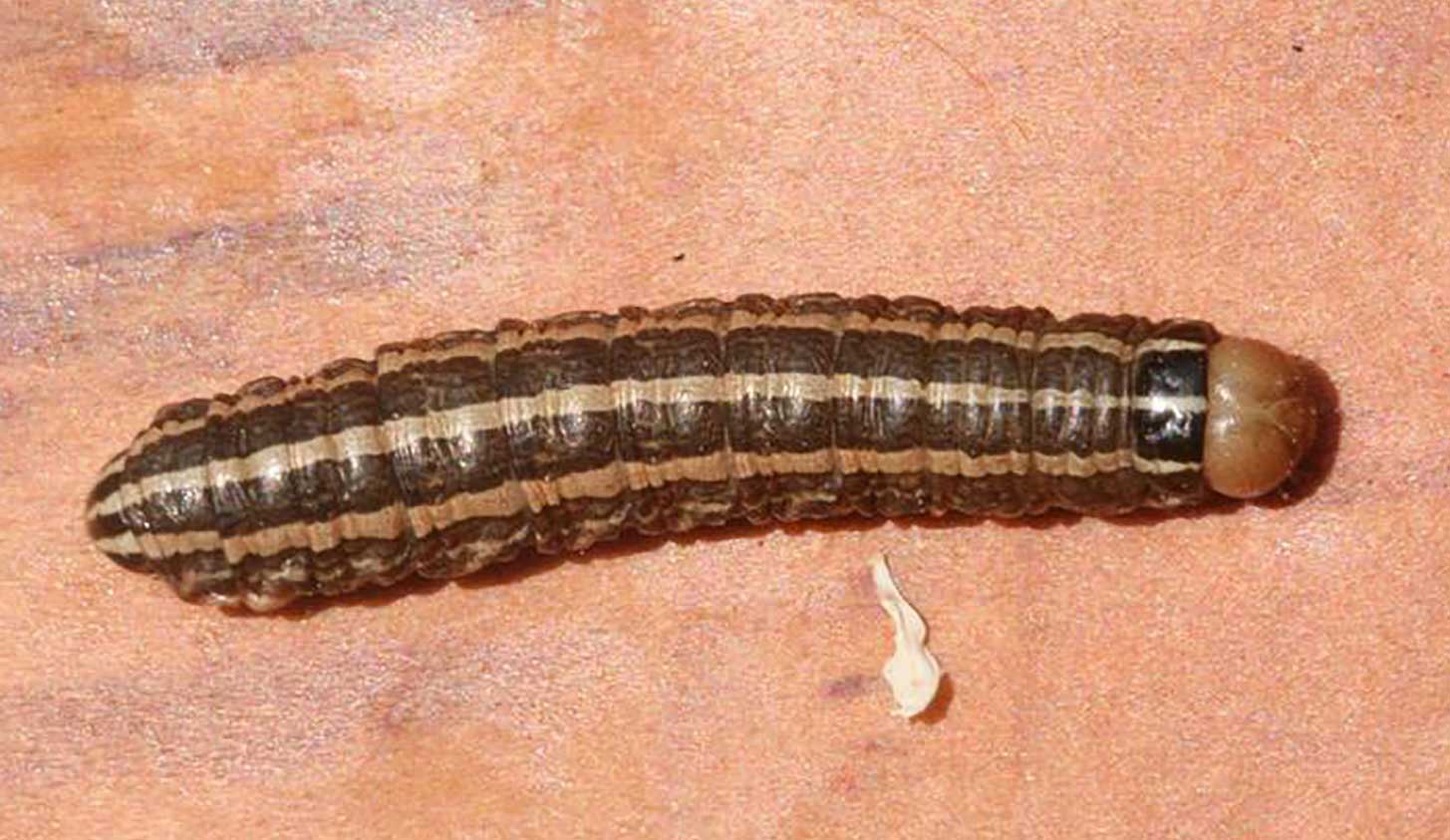
Monitor Lawns and Gardens for Bronzed Cutworm Activity
Bronzed cutworms can be an issue for lawns and gardens in South Dakota. In grass, bronzed cutworms will feed and leave small brown circular patches. Large populations of bronzed cutworm can result in severe lawn injury.
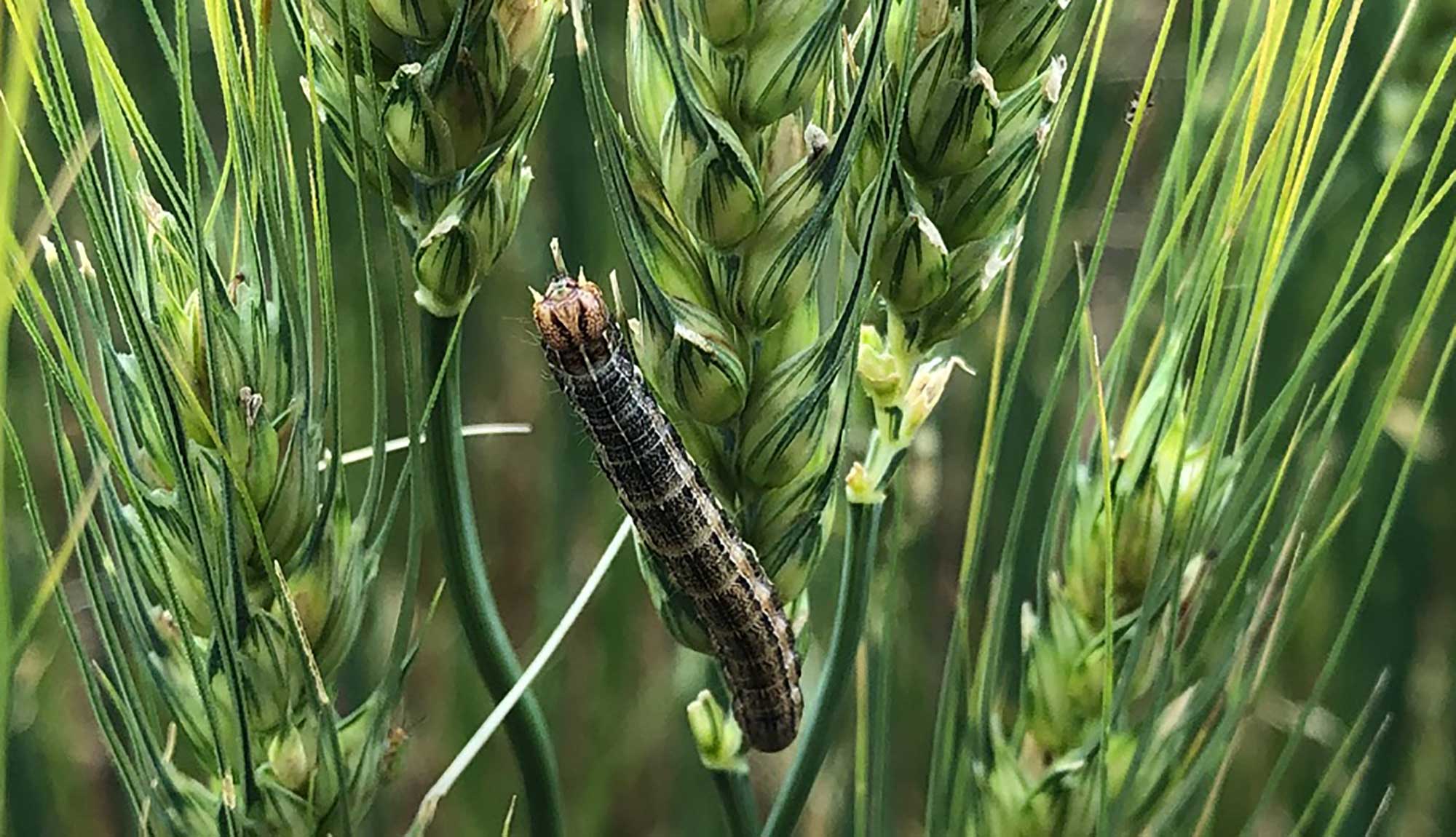
Scout for True Armyworms in Oats and Wheat
During most years, we start worrying about true armyworm activity in wheat fields in mid-July. However, the strong southerly winds that we experienced during the last two weeks pushed several insect pests north ahead of their normal schedule
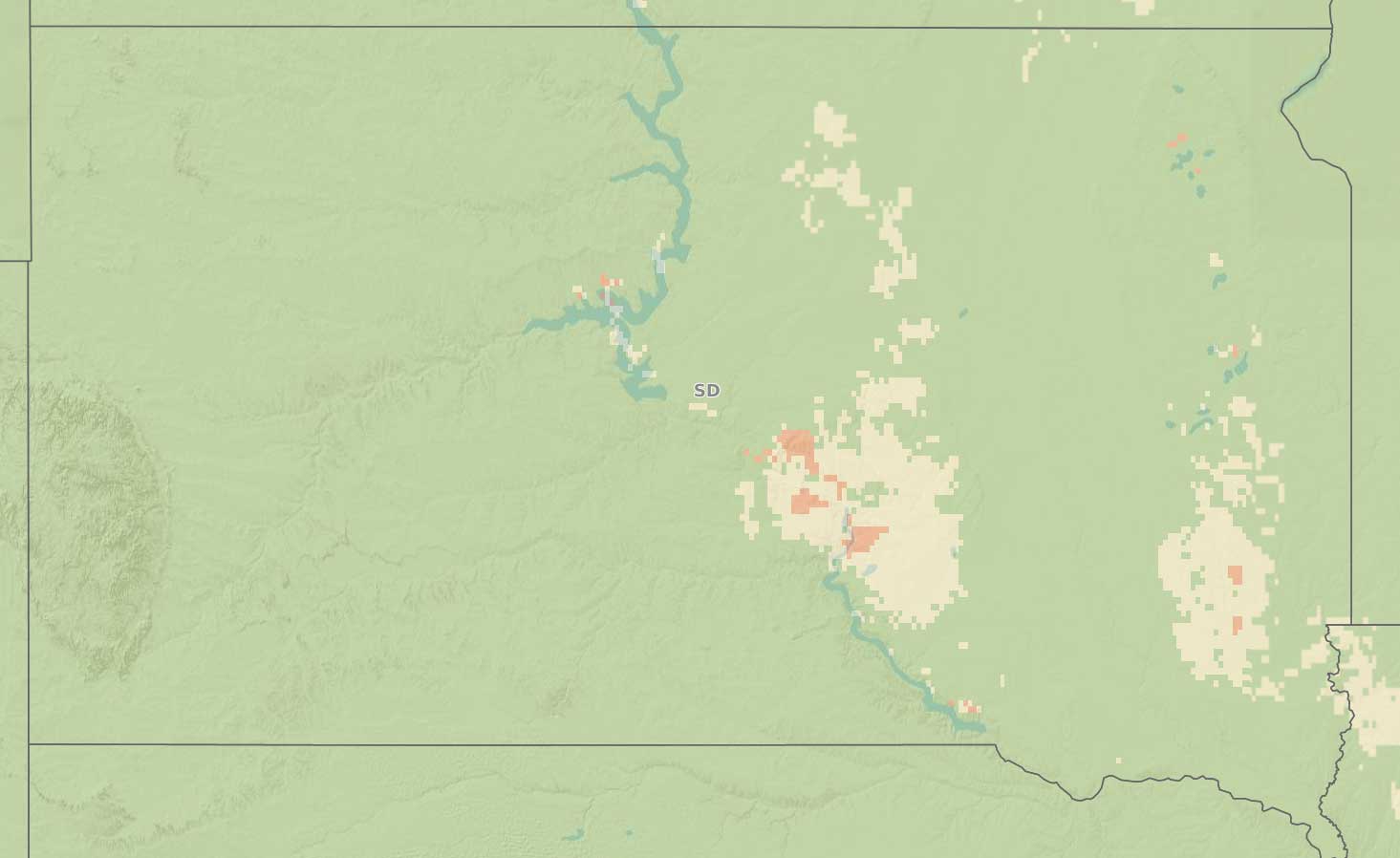
Fusarium Head Blight Predicted Risk for Spring Wheat
Most of the spring wheat is at or will soon be at flowering. One disease that can develop in wheat at this growth stage is fusarium head blight (FHB or scab).
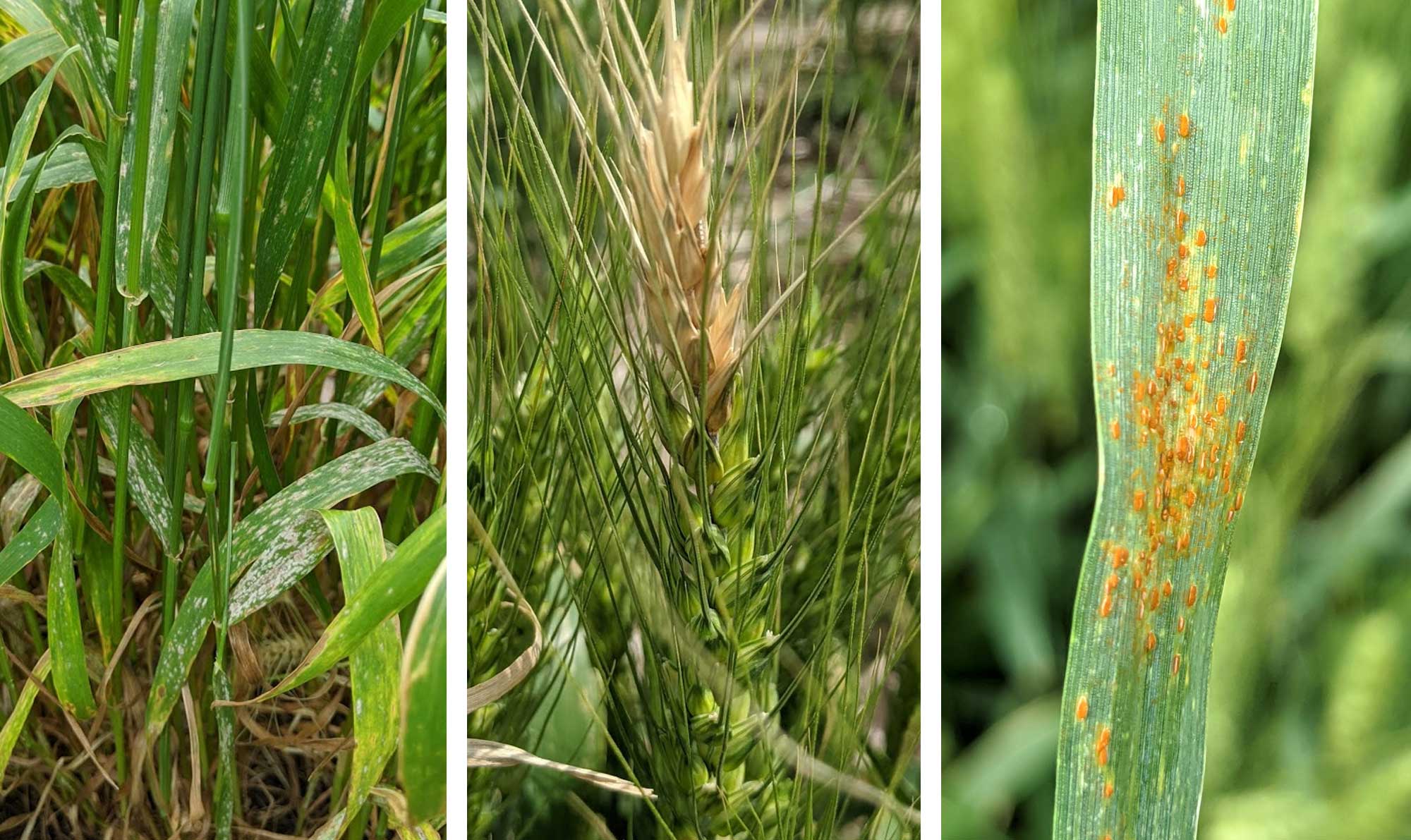
Winter Wheat Diseases Update
Powdery mildew, fusarium head blight and leaf rust were observed in a few winter wheat fields recently scouted. The recent rainfall showers and warm temperatures have favored these diseases to develop in winter wheat.
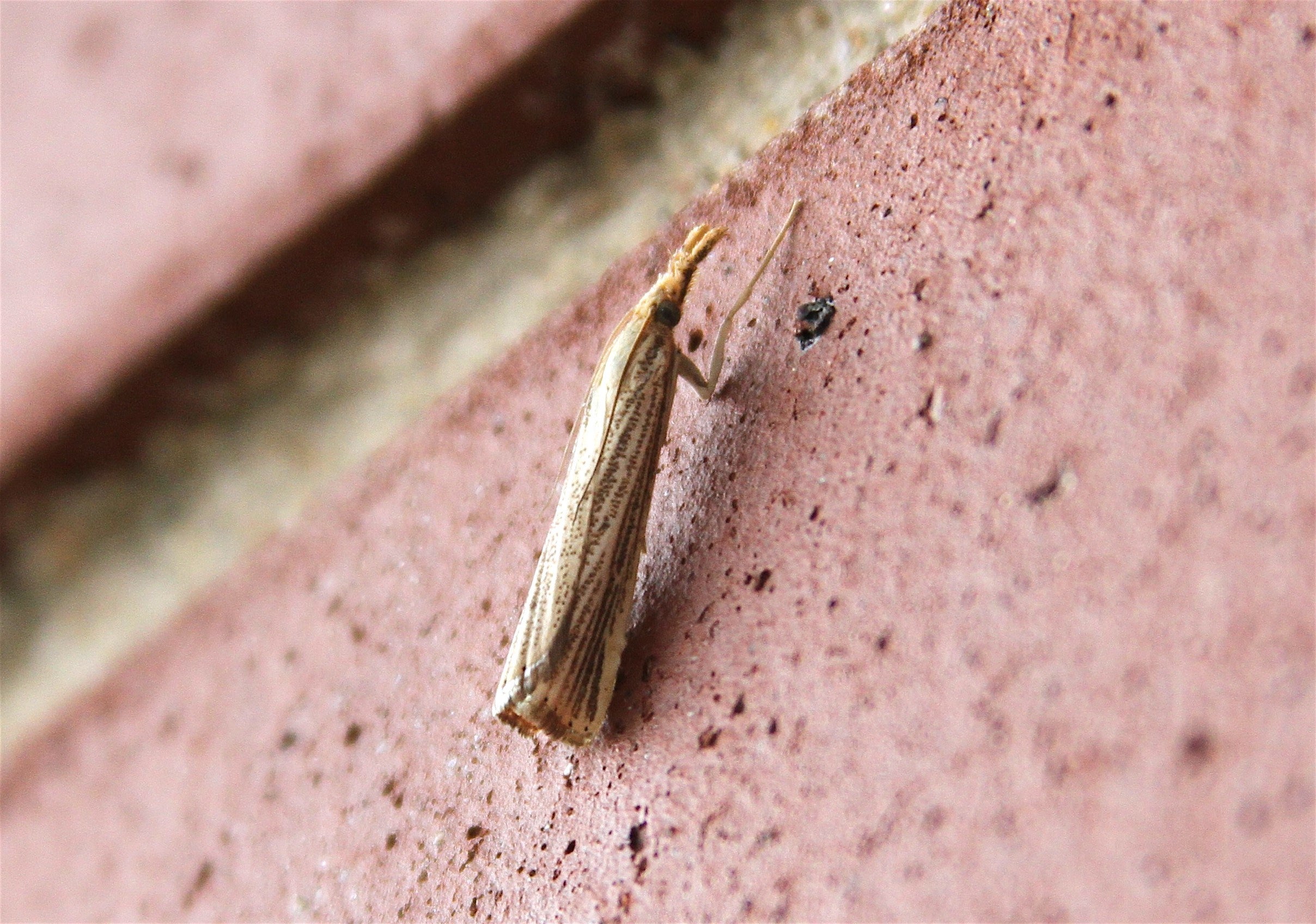
Sod Webworm in South Dakota
Sod webworm moths are emerging throughout South Dakota. Although these pests are common during the fall, the number of moth sightings and population densities in the Western half of the state are higher than normal. The particular species being found is the vagabond sod webworm. Unlike several other webworm species found in the United States, vagabond sod webworms rarely cause much damage and the adult moths are no more than just a short-term nuisance.
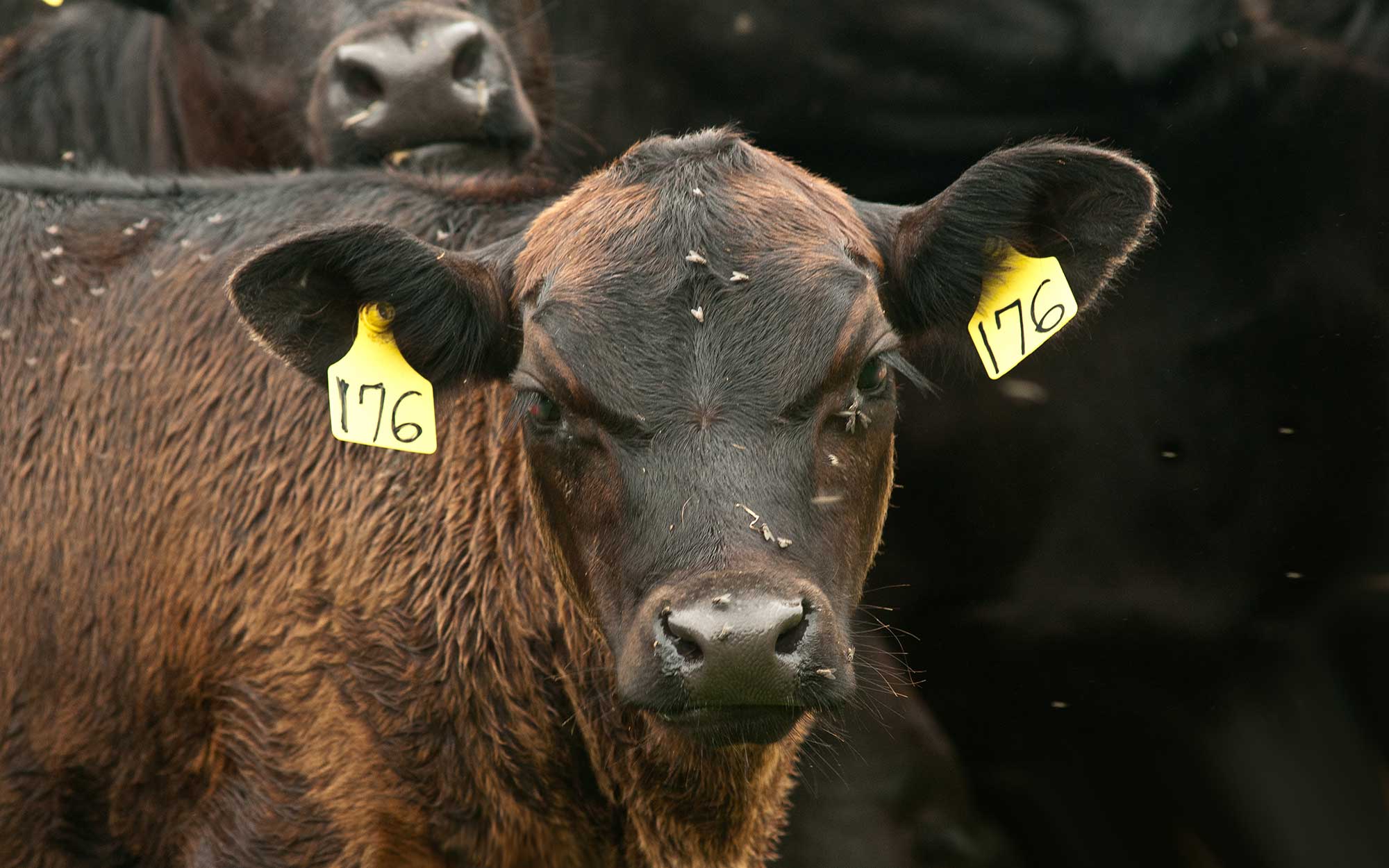
Summer Fly Control in Feedlots
Just as longer days mark the beginning of summer, so does the arrival of increased number of flies in feedlots. Flies are not only are an annoyance, they can reduce performance and worsen heat stress. Successful control strategies start with sanitation.
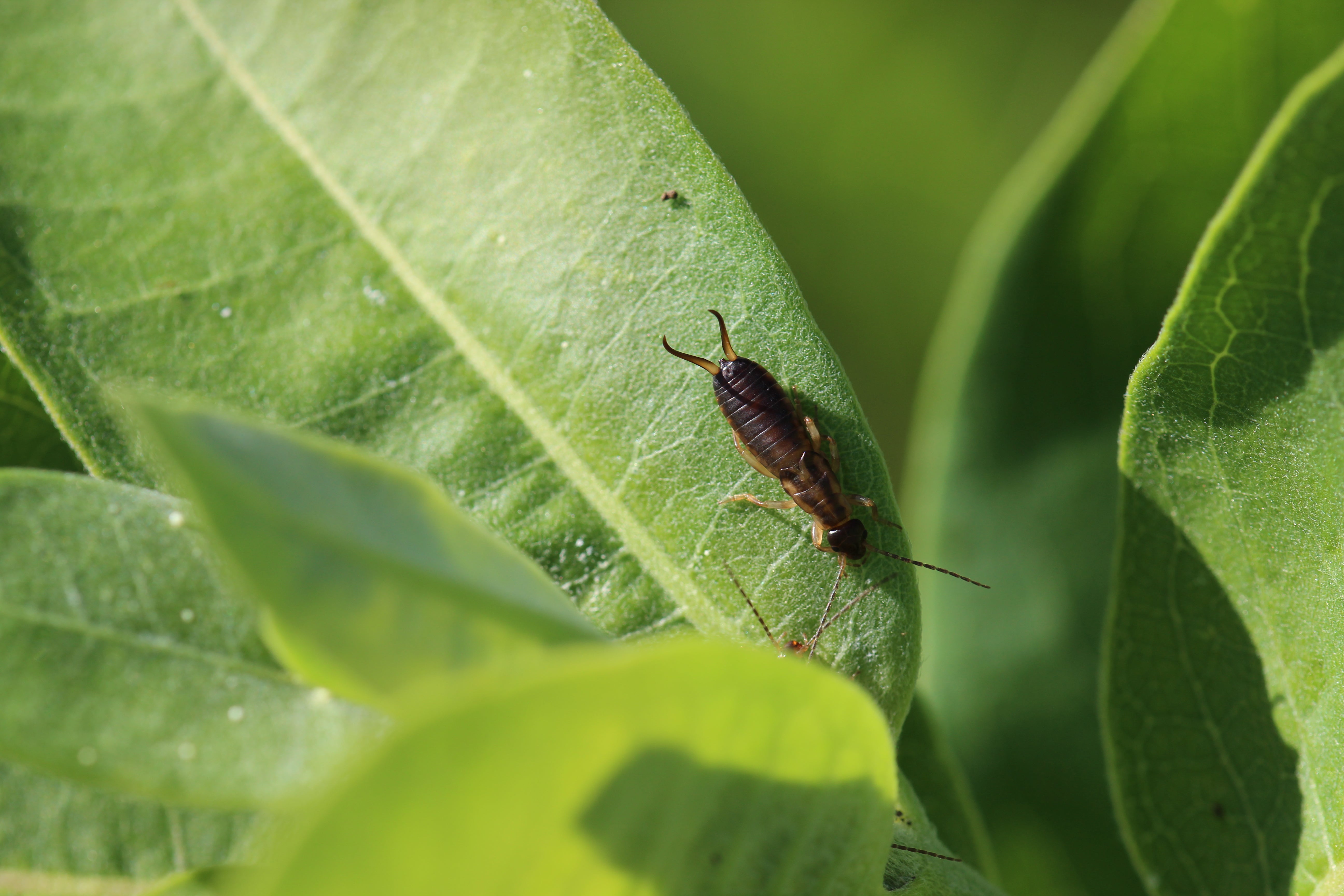
Earwigs: The good the bad and the ugly
With the rainfall that we have been receiving in areas of Eastern South Dakota, one of our summer nuisance insect pests is starting to show up again. We have started to receive reports regarding earwigs in and around homes near Brookings, S.D.
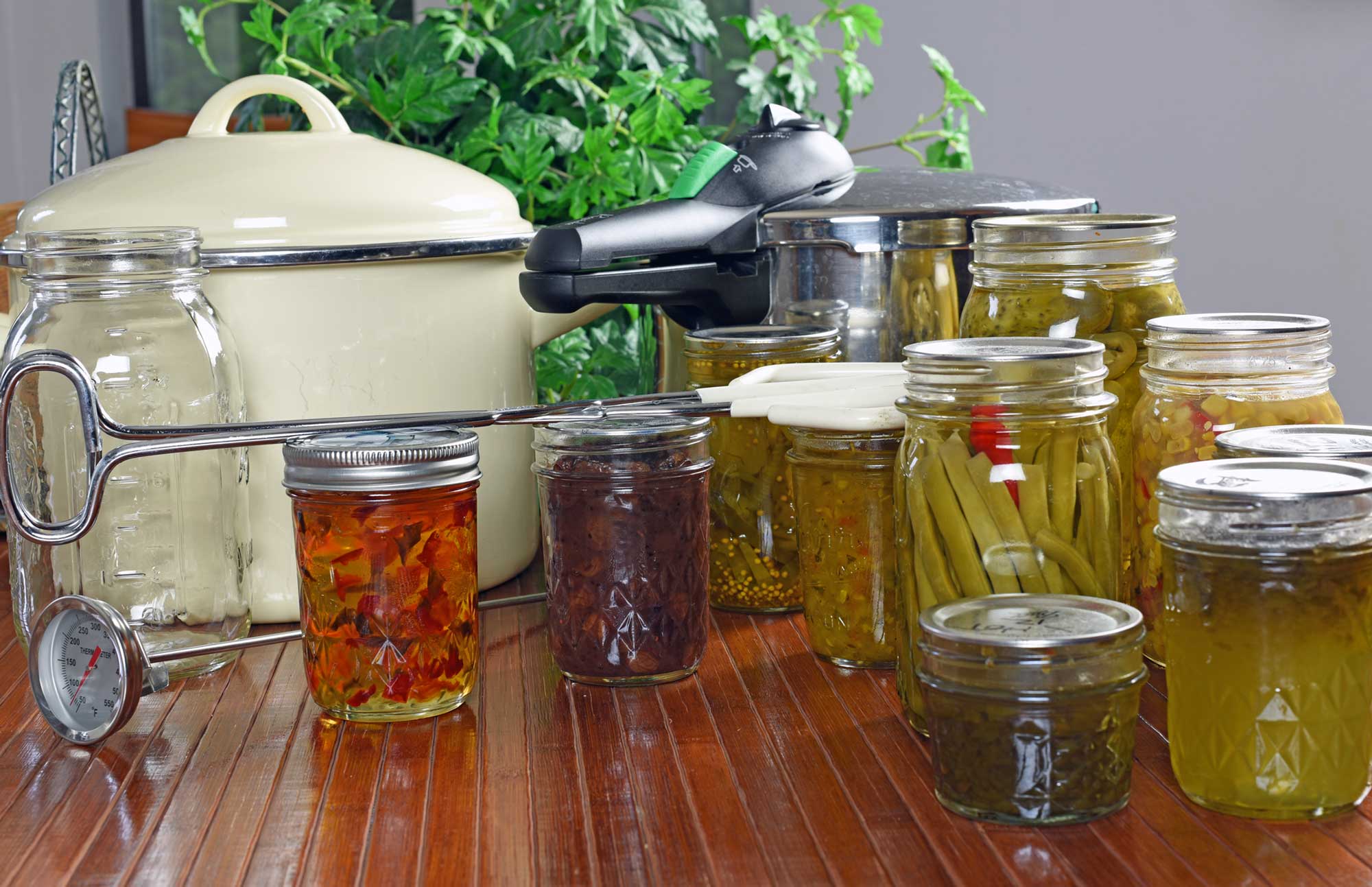
Master Food Preserver Volunteer Program
If you enjoy preserving food, volunteering and helping your community, SDSU Extension's Master Food Preserver volunteer program may be for you!
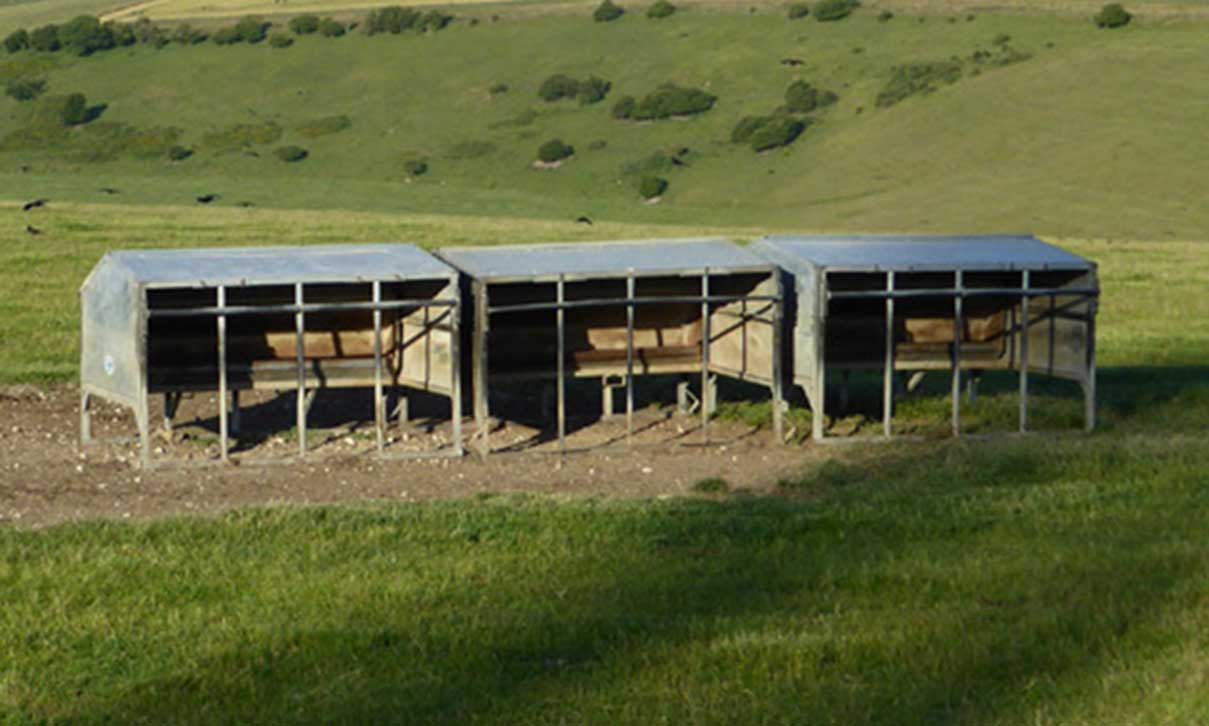
Creep Feeding Options: Will it Pay?
Creep-feeding should be evaluated on yearly basis to determine if it will provide production and economic benefits to the operation.